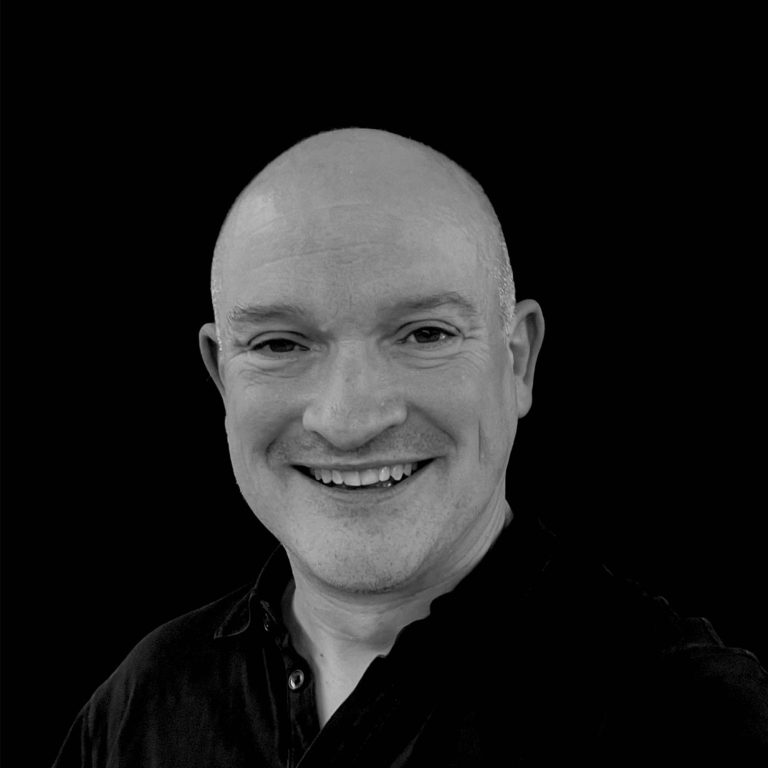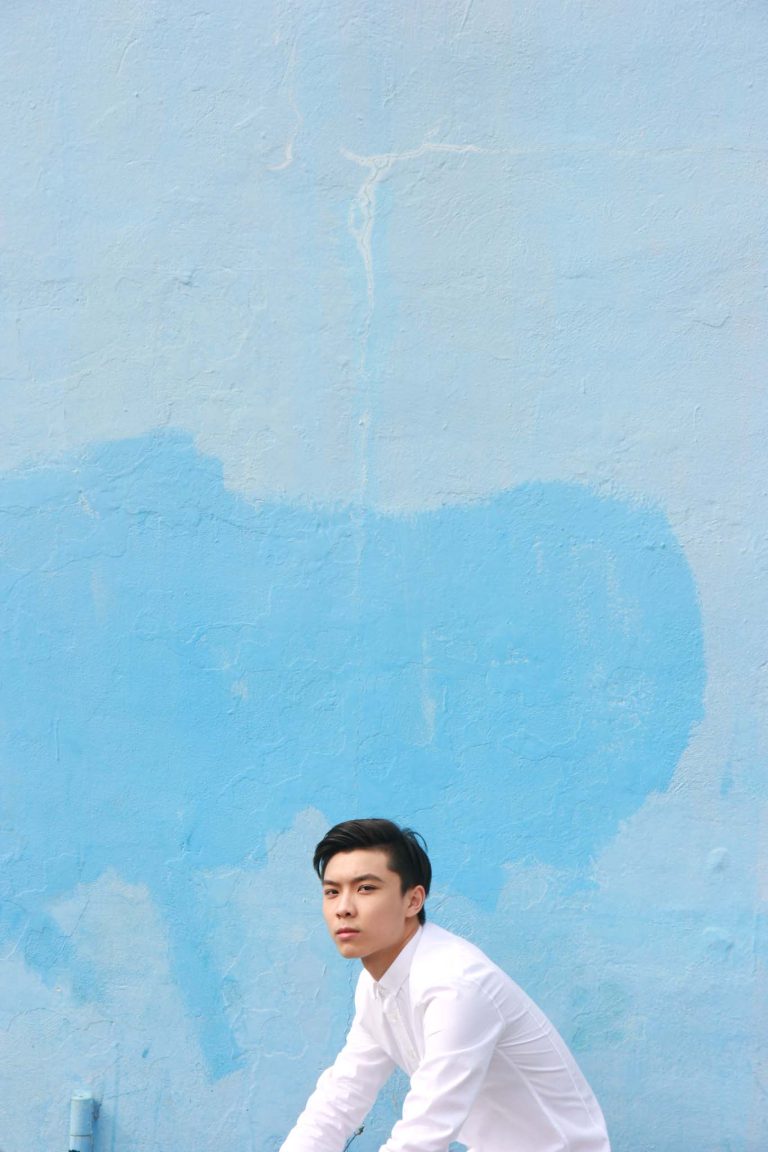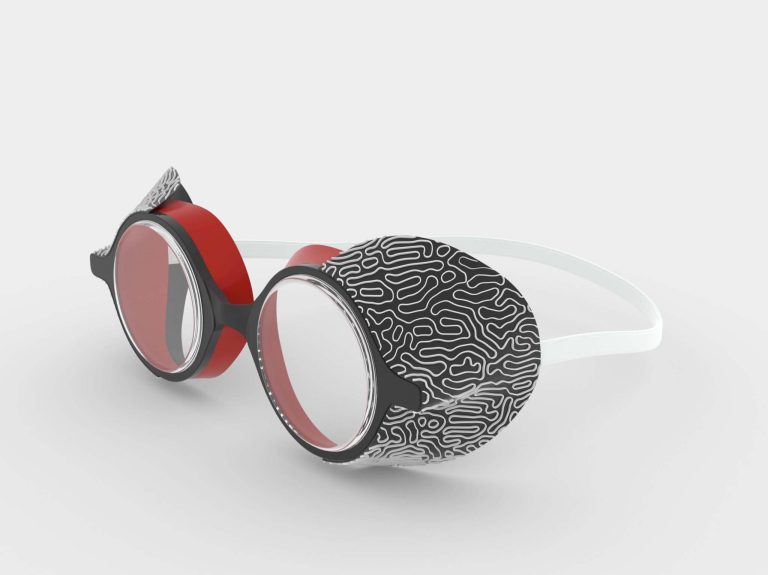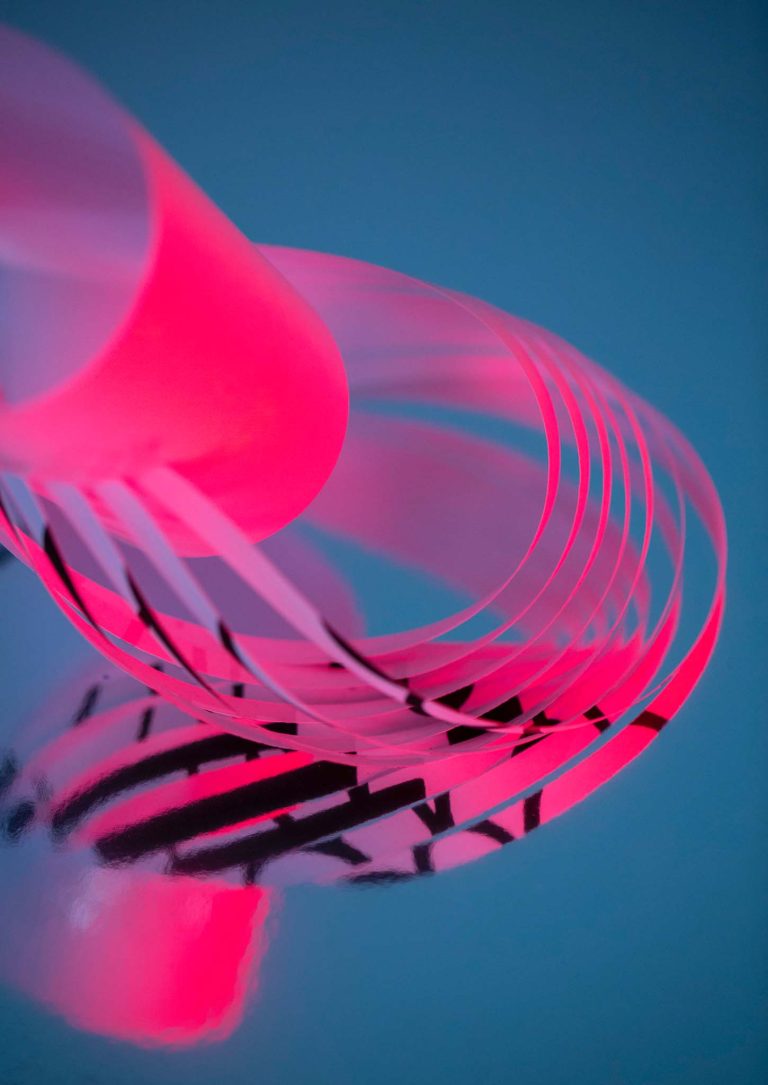Pre-Master’s in Art & Design
If you are an international student who has completed an Art & Design degree outside of the UK and are looking to come to the UK with the ambition of studying on a Master’s course in the same, or related, art and design discipline, our Pre-Master’s programme will help prepare you for this transition. This course also suits any UK or European creative practitioner looking for an opportunity to develop their portfolio in anticipation of an application to any UK Master’s programme, in any Art & Design discipline, or simply as a means of investing in their own creative practice and professional development.
WHY STUDY PRE-MASTER’S IN ART AND DESIGN?
You should choose to study a Pre-Master’s in Art and Design at CSVPA if you…
- have studied your BA outside the UK and are wishing to adapt your work and study practices to a UK higher educational environment
- would like to improve your English Language level for application to a Master’s course
- would like to develop your portfolio within a dynamic, project-led, attentive, transformative, interdisciplinary creative studio environment
- would like to develop potential lines for creative and critical enquiry, developing assumptions and ambitions for further research
WHAT TO EXPECT FROM THE PRE-MASTER’S IN ART AND DESIGN
This innovative programme is designed to help you develop the skills required for success at Master’s level, at CSVPA or elsewhere, bridging the gap between your existing abilities and experience and the realities of postgraduate study. Emphasis is placed on encouraging you to become an independent creative practitioner, who is both critically informed and professionally aware; who wishes to develop deeper understanding of both historical and contemporary contexts for Art and Design; and who wishes to operate with confidence within an English-speaking educational environment.
Our Pre-Master’s course will also help you with presentation and communication skills, will enable you to develop your portfolio, and assist you in acquiring a more sophisticated understanding of specialist terminology and understanding required for entry onto leading Master’s courses. The programme will additionally provide you with the experience of working at a postgraduate level, as you undertake a pilot Master’s project, building on existing skills and developing potential lines of research in the process.
There are three pathways within our Pre-Master’s programme, which are designed to suit your disciplinary ambitions. You can choose between Art and Design (Fine Art, Product/Industrial Design, Spatial Design, Speculative Design), Fashion (Fashion Design, Fashion Branding, and Creative Communication), and Visual Communication (Graphic Design, Illustration, Animation, Photography, Moving Image).
Participation in a range of experimental labs and workshops will enable the development of new skills, interdisciplinary perspectives, and experience with collaborative creative practice.
Throughout the course, you will assess/evaluate your existing knowledge and skills (technical, conceptual, and contextual). Also, you will learn skills and references that can be applied to all areas of Art & Design, before focussing on any area of specific interest. You will encounter critical thinking and scholarly methods that will help you explore possible lines of research for your intended MA, and which may feed into any study proposals that MA courses may require at the point of application.
Designed activities will provide you with an opportunity to develop your own research proposals, while still working on developing your portfolio.
All the way through this intensive course, you will be focussing on the development of your own creative practice, through detailed research and development. The final outcome is a capstone project, which represents the culmination of your experience at CSVPA, as well as the platform for continued creative enquiry on a Master’s programme in the UK.
The course also provides you with experience of exhibiting your work and participating in the compiling of a collective publication featuring your work alongside the work of others, as well as opportunities to contribute to creative collaborations with students and researchers at the University of Cambridge.
“This course helped me understand and explore a range of conceptual and technical design processes”
Emi – Pre-Masters
HIGHLIGHTS
OVERVIEW
Course Location
Cambridge
Course Length
1 semester/study block
Course Start
January
Tutor Support
Specialist tutor support available 5 days a week.
Studio Access
Students have access to our studios 7 days a week, from 10:00 am to 8:00 pm, Monday to Friday and 9:00 am to 5:00 pm at weekends.
Awarding By
Cambridge School of Visual & Performing Arts
How your Work is Assessed
Visual and written assignments and projects.
Guest Lecturers
The course is enriched by a programme of visiting lecturers and workshops, delivered by a range of creative practitioners, from a wide range of disciplinary backgrounds and employment contexts within the creative industries.
How we Teach
Throughout this course you will be taught by dedicated, experienced, multi-skilled creative practitioners, with whom you will work on a range of practical and conceptual briefs, designed to stimulate your creativity, facilitated through studio practice sessions, technical workshops, lectures, seminars, tutorials, experimental labs, field trips, and collaborative projects. As you progress, you will deepen understanding of your own practice, acquire new skills and develop new methodologies for Art & Design, establish fresh contexts for your work (both academic and professional), as well as developing your ability to write critically about topics relevant to your own creative approaches and ambitions.
English Language
Up to 5 hours per week if required
Progression
Masters in an Art & Design-related subject.
ENTRY
Age
20 years +
Educational Level
Students should hold a good Level 6 qualification (BA (Hons) degree or equivalent qualification); or a Level 5 international qualification (for example, 3 Years Diploma from a University in China) in an Art or Design, or a closely related, subject. Students who do not meet these entry requirements will still be considered on their own individual potential to succeed.
English Level for International Students
IELTS 5.5
Portfolio Required.
See below for more details.
STRUCTURE
STAGE 1: DIAGNOSTIC
You will assess/evaluate your existing knowledge and skills (technical, conceptual and contextual). You will identify skills and references that can be applied to all areas of Art & Design before focussing on your area/s of specific interest.
SAMPLE CONTENT:
- Introduction to reflective practice
- Introduction to research and study skills
- Introduction to the critical context of contemporary practice
- Individual tutorials / workshop inductions / seminars / peer presentations
STAGE 2: REFLECTIVE:
In this stage you will learn critical thinking and scholarly methods that help you explore possible lines of research for your MA. Specially tailored activities will give you an opportunity to develop your own research proposals, while still working on developing your portfolio.
SAMPLE CONTENT:
- Personal manifesto
- Research and practice (defining avenues of research)
- The critical context of contemporary practice
- Targeting Master’s programmes
- Individual tutorials/ specialist area studio practice / seminars / peer presentations
STAGE 3: ACTIVE
During this stage you will focus on the development of your own creative practice through detailed research and development. The final outcome is intended as a Final Major Project, which forms the platform for continued research and study on a Master’s Programme in the UK.
SAMPLE CONTENT:
- Final Major Project with critical rationale
- Independent learning and advanced scholarly activity
- Employing Personal Development Plans
- Establishing new working practices
- Individual tutorials/ specialist area studio practice/ seminars/ peer presentations
FACULTY
PORTFOLIO
WHAT SHOULD I INCLUDE IN MY PORTFOLIO?
Your portfolio is the chance to show us your passions, enthusiasms, and skills. As a guide, we would like to see some, but not necessarily all, of the following:
- Project and self-initiated work; to include works-in-progress and/or finished pieces, showcasing levels of visual skill and creativity
- Evidence of primary and secondary research, which might include information derived from your own creative practice (drawing, photography, observation) as well as referenced information sourced from books, articles, magazines, exhibitions, films, museum visits, other cultural sources, or other academic contexts
- Your development process, as documented in sketchbooks or notebooks, including any reflective and/or evaluative thinking
- Personal ideas, proposed projects, and possible areas of interest, even if only speculative at present: if you can imagine it, how might you begin to visualise and reflect on it?
- Experimentation with a range of different media, materials, and disciplines, showing evidence of invention, discovery, and innovative thinking
- Breadth of interest in, and exploration of, a range of art and design disciplines
Evidence of cultural awareness, identifying any social, cultural, philosophical, psychological, historical, anthropological, or scientific influences on your work
When submitting your portfolio digitally, please save it as a PDF, including a minimum of 10–15 pages, which showcase your creative practice, and which might additionally include pages from your sketchbook. Don’t forget to provide titles and short introductions to your projects, as well as annotations for images. You may know the contexts for your work, but don’t assume that someone reviewing your portfolio will have access to the same knowledge as you! At the same time, don’t swamp your visual practice with descriptions – aim to strike a balance between the visual and textual elements of your portfolio, combining them in order to communicate your passions, skills, insights, and creativity. There is no such thing as a ‘perfect’ portfolio. The very best portfolio is the one that best reflects you and your work, at this present point in time.
PORTFOLIO GUIDE
What We Look for in an Portfolio guide, to prepare fully for your audition at CSVPA.
RELATED COURSES
TALK TO US
Do you want to find out more about CSVPA? Talk to our student advisors now.















